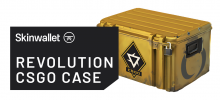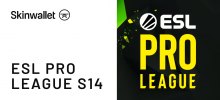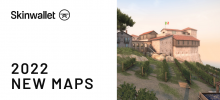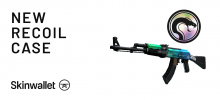CS:GO Inferno Callouts
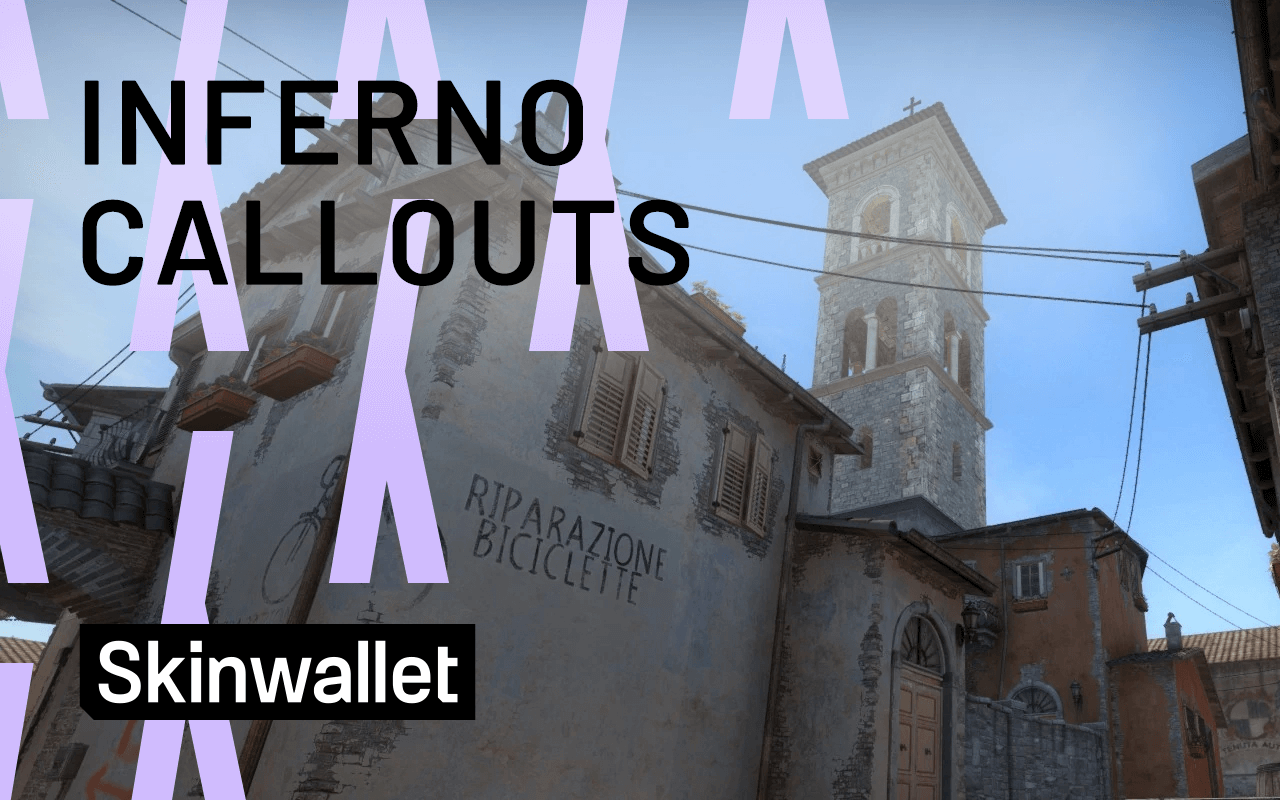
De_inferno is CS:GO’s second most iconic map after the evergreen (or ever sandy) dust2. However, given that it has been played competitively for over 20 years, Inferno Callouts have become not just a function of team communication, but an indication of both region and veteran status.
In this article, we’ll explore the basic inferno callouts, but also show you how CSGO callouts vary between continents, and ensure that you always know where a pesky opponent is hiding, no matter if you’re playing with a team of European CS 1.6 veterans or a bunch of North American newbies.
New Inferno Map Callouts
So let’s start with the basics. The image above from TOTAL CS:GO is a pretty useful baseline for our discussion, however, it is very much a representation of only one set of de_inferno callouts with a lot of options. Let’s see how by starting with the B-site.
B-Site Inferno Map Callouts
The B-Site is filled with regional callouts and inconsistencies that can leave you a bit bamboozled if your callouts are purely “classic”. First off, as you enter the site you see the 1st and 2nd positions, those are also often called “First/Second Oranges”. Contrary to the graphic, the boost there is rarely referred to as simply “boost”, at least in the EU (that’s referred to the CT boost), so you’d be smart to say something like “boosted on 1st” or “standing on 1st oranges” to ensure that your comms are clear and accurate.
As we move to the back of the site, you see the “Quad” boxes. Don’t be surprised if you hear them referred to as “New Box” or “New Boxes”, though. To their right, you will see “Dark”, but watch out, some people, particularly in NA and the UK refer to that position as “Emo.”
We move on to the side of the site behind the Coffins. “Garden” is a rather rare callout in the EU and you’d probably be better off saying “behind Coffins.” Similarly, “Construction” is often called “Church”, with any form of sandbags sometimes referred to as “Cement”, particularly in Eastern Europe, while sometimes you might hear the CT boost referred to as “Flowers”, particularly when somebody’s asking you to boost them.
Now, let’s move from the B-Site to the A-Site.
A-Site CSGO Inferno Callouts
Total CSGO’s A-Site is much less confusing than the B-Site. The callouts are pretty ubiquitous, however, you might see “close left” be referred to as “on the box” or “ninja”, while the Long Corner might be called a “Cubby” at times. Also, the map doesn’t show the “Little Pit” under Balcony. “Patio” is often called “Porch”, but some Europeans may call it “Roof” as well. Remember, that you can also be boosted on Porch, so that’s a callout you have to look out for.
Moving on into the Apps area, the Balcony issue is a pretty big one with three Balconies over the map, since “Window” is also called “Balcony” sometimes. Honestly, this is rarely solved, and every person seems to have their own set of callouts. I personally use “T Balc(ony)” for the one next to the Living Room, “Romeo” for the one in Apps, and “Balcony” for the one on A-Site. If you play with a pre-made, it will always be easier to set up your communication, however, if you’re not sure, saying things like “A balcony”, “Mid Balcony” and “T Balcony” will probably be the best for your comms.
Very old-school players will also call the area outside Library, particularly the little corner next to it “Moto”. It’s a rather rare callout, and you’re more likely to hear it from casters than actual players, but who knows when knowing where to look might save your life.
Finally, heading towards CT, the Arch area is also sometimes referred to as “Connector”, so don’t be surprised if you hear that around town.
Now that we have A figured out, let’s end with the rest of the map.
Inferno Mid and 2nd Mid Callouts
Total CSGO’s map is rather accurate here, although the Underpass has a lot of different names like “Sewer”, “Rat” or “Tunnel” as alternatives. Spaces like Living Room and such are often referred to as “T Apps” jointly and given that you’re unlikely to see a lot of duels happen around that area.
Finally, we move down Banana, where you’ll often hear Logs being referred to as “Wood” in the EU. “Close Right” is also a callout for the cubby on the other side of Banana from Logs. Other than that, you’re unlikely to need more callouts position-wise, however, now that you know what which position is called, it’s time to learn a bit more about how to call strats on Inferno, just so you don’t get confused when someone makes a decision.
de_inferno Callouts for Strats
Let’s start with the simplest inferno callouts when it comes to strats. “Rush B” or “Rush Banana.” It’s a call that everyone should know. You simply run down banana and just burst onto B-Site with relentless pressure. Remember to pick up a smoke to extinguish any mollies flying your way and work your way through all the tricky angles.
The other classic strat for taking B is the “Wraparound” or “Wrap B”. Here, you smoke off Short and make your way through Long, Arch and Speedway to take the B defenders by surprise. If the comms are off on the opponent’s side, a wrap can be extremely frustrating and tilt your opponents.
Finally, rarely used is the B Split. Since it’s hard to wrap without the whole team behind you, this is usually reserved for a late-round situation where your map control allows you to do something crazy. This simply means that a few players wrap through Long, while the rest attack through banana, leaving the defenders in a pincer. This often happens accidentally when a lurker finds a good timing to wrap.
A-Site is a bit more complicated. With three entry points, you can rush through Apps (“Rush Apps”, “Rush Balcony”), Short (“Rush Short”) or Long (“Rush Long”). You can also perform several splits. These usually are explained to make sure you split in a coordinated manner so there aren’t any specific callouts. However, the classic “Split” play would have to be the Long and Short split, skipping Apps altogether.
Finally, we have Defaults. That call will usually only appear in more organized play, so you shouldn’t worry about it, however, the standard default on Inferno usually includes two people pressuring banana, one person pressuring mid (mostly with utility), and two people clearing apartments to set up the execution of one of the strats mentioned. If you line up like that, you should be fine with map control, just don’t go ruining your teammates’ flow.
That’s all for inferno. Hope you can find yourself better in the Italian village and help your teammates with clear and concise comms. Did you like this article? Do you want explainers about CSGO Ccallouts like this for other maps?
Let us know in the comments!






